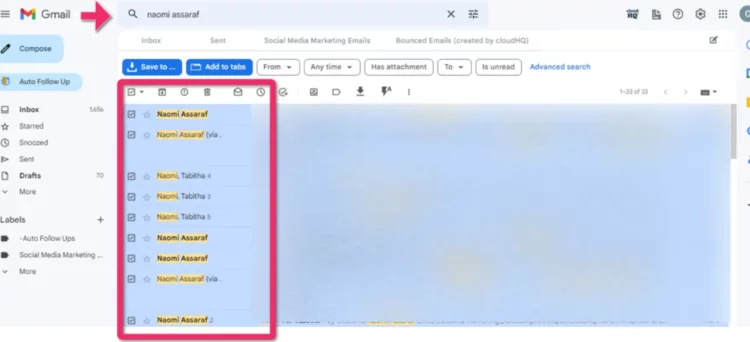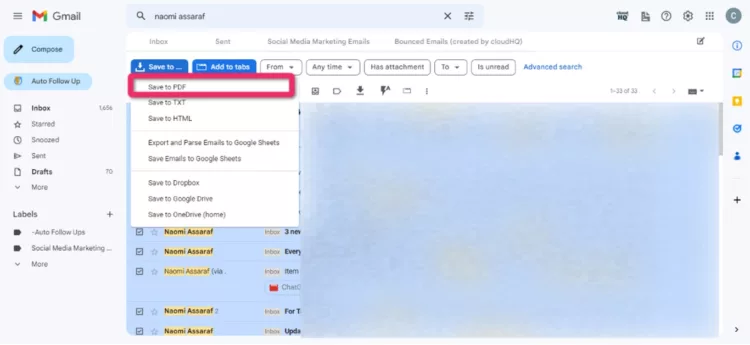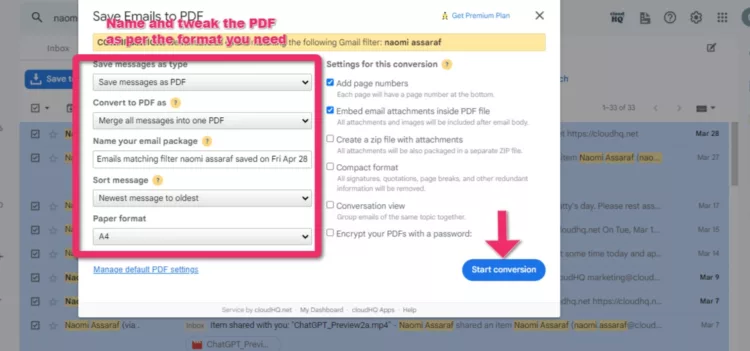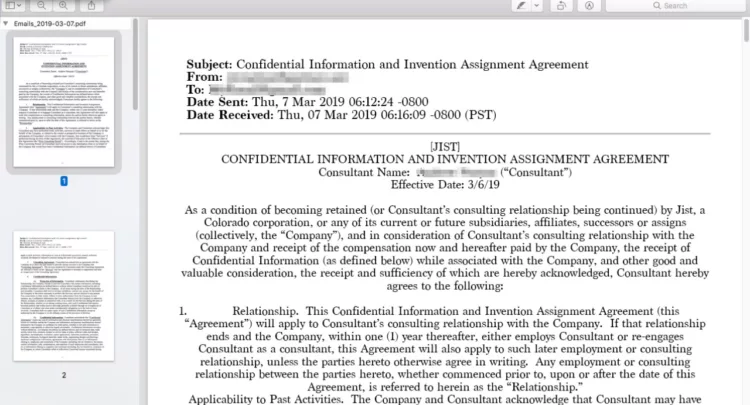Table of Contents:
Despite what many thought, email still reigns supreme as the cornerstone of professional communication today. This makes the optimization of email workflows crucial for any organization. One common task that professionals often encounter is the need to archive emails into accessible files. The crux of this task lies in selecting the most suitable file format to make future retrieval straightforward and effective. Among the multitude of available options, PDF and EML stand out as the leading choices. This comprehensive guide will delve into the strengths and weaknesses of both formats, enabling you to make an informed decision.
What Are PDF and EML File Formats?
Introduced by Adobe in the 1990s, the Portable Document Format (PDF) has become the go-to format for sharing read-only documents. It supports text, images, hyperlinks, and even interactive elements like forms and multimedia. PDF files have gained widespread adoption due to their capability to maintain the integrity of the original content.
On the other hand, EML is tailored specifically for archiving email communications. It encapsulates key email components such as subject, sender, recipient, and message body. Additionally, any attachments included in the email are also stored within the EML file. This format is compatible with popular email clients like: Gmail, Mozilla Thunderbird and Microsoft Outlook.
PDF vs. EML: Which is Better?
Both PDF and EML are competent in serving the basic purpose of storing emails, but which outshines the other in terms of user convenience? Below is a comparative evaluation to guide your decision-making process.
The Advantages of Using PDF for Email Storage
One of PDF’s strongest selling points is its ability to preserve the original layout and formatting of documents. This ensures that emails and attachments saved as PDFs remain true to their original design, thereby facilitating easy retrieval of crucial information. Moreover, PDF offers robust security features, such as encryption and password protection, making it an ideal choice for safeguarding sensitive emails.
Another standout feature is PDF’s universal compatibility. It allows for effortless viewing and printing across various devices and platforms, from web browsers to mobile applications. The drawback, however, is that PDF files can be relatively large, potentially complicating the process of downloading and sharing.
The Pros and Cons of EML for Email Storage
While EML is specialized for email storage, it lacks the ability to maintain original document formatting. This makes it less ideal for storing complex email attachments that contain intricate designs and visual elements. However, it compensates for this limitation by generating small file sizes, which are quick to download and share.
The Final Verdict: PDF vs. EML
After weighing the pros and cons of each format, it becomes evident that PDF is the more versatile and secure option for storing emails and attachments. Its ability to retain the original formatting and added security features makes it a formidable choice for any professional setting.
Save Emails to PDF Extension
For those looking to store emails and attachments securely and efficiently, PDF emerges as the most convenient choice. To make this task even more effortless, cloudHQ offers its highly regarded Email to PDF extension. This app enables you to convert your Gmail emails into PDF files with just a few clicks, streamlining your workflow like never before.
Once you’ve downloaded the extension and logged into your Gmail account, you’ll be prompted to create a cloudHQ account. From there, simply filter the emails you wish to convert to PDF, select your preferred settings, and initiate the conversion process. The result? A secure, easy-to-share PDF containing all your selected emails, eliminating the hassle of sending emails individually.
In this example, let’s save all emails from an email correspondent. Enter the name of the correspondent in the search bar and select them all:
 Click on the blue ‘Save to’ button and then on ‘Save to PDF’ in the dropdown menu.
Click on the blue ‘Save to’ button and then on ‘Save to PDF’ in the dropdown menu.
 Choose the format you want, add a password, and hit the ‘Start conversion’ button:
Choose the format you want, add a password, and hit the ‘Start conversion’ button:

And you will get a PDF with all of the emails which you can forward to anyone you want. Say goodbye to sending emails one by one once and for all!

The choice between PDF and EML file formats for email storage is clear. While both offer distinct advantages, the PDF format stands out for its versatility and security features. Professionals seeking an efficient way to archive their emails can consider cloudHQ’s Email to PDF extension for a simple way to save all emails to PDF.